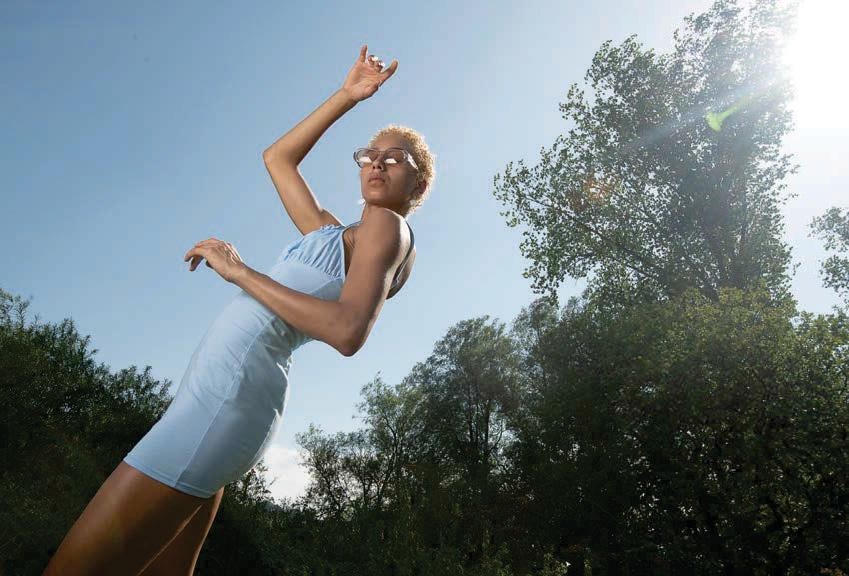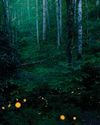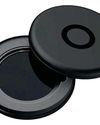
Colour grading is something we associate with video editing, but as the boundaries between video and stills - as well as photographers and videographers - become increasingly blurred, it's a technique that is ever more relevant to photographers. But what exactly is colour grading? And what tools and apps do we need to carry it out? Over the next few pages we'll explore some of the key techniques for colour grading in Lightroom and Photoshop, and show you how to create classic colour grading looks.
Photo editing can be divided into two broad stages. First is the correction stage, where we fix white balance, fine-tune exposure, crop and make other tweaks. Then comes the creative stage, where we create an atmosphere. This is where colour grading can be so effective. It's a great mood enhancer, whether we want to give our photos a warm, sunny vibe, a cold sombre feeling, or a retro makeover. By mapping colours onto the highlights, mid-tones or shadows, we can take our images in all kinds of interesting directions.
Lightroom colour grading
The best place to begin colour grading in Lightroom is - no surprise - the Colour Grading panel. A replacement to the old Split Toning panel, this invites you to add colour tints to the shadows, mid tones and highlights in your photos (of course, you don't necessarily have to tint all three). As with most photo edits, you're better off starting with a raw file than a JPEG as there's more colour information to work with, and therefore greater headroom for editing. What's more, with raws you can set a white balance after the fact with exactly the same results as if you'd done so before taking the shot, which gives you greater freedom both for correcting colour casts and introducing creative colour shifts.
The power of Profiles
هذه القصة مأخوذة من طبعة September 20, 2022 من Amateur Photographer.
ابدأ النسخة التجريبية المجانية من Magzter GOLD لمدة 7 أيام للوصول إلى آلاف القصص المتميزة المنسقة وأكثر من 9,000 مجلة وصحيفة.
بالفعل مشترك ? تسجيل الدخول
هذه القصة مأخوذة من طبعة September 20, 2022 من Amateur Photographer.
ابدأ النسخة التجريبية المجانية من Magzter GOLD لمدة 7 أيام للوصول إلى آلاف القصص المتميزة المنسقة وأكثر من 9,000 مجلة وصحيفة.
بالفعل مشترك? تسجيل الدخول

Major OM System launch incoming
AT THE beginning of January, OM System announced that a new camera was coming this year, along with compact, splash- and dust-proof lenses.

Urth Variable ND641990 Filter Plus+
Angela Nicholson takes a close look at a high-end variable neutral density filter from Urth

Canon EOS R1
It's super-fast and super-expensive, but does Canon's flagship camera make sense for anyone but professional photographers? Andy Westlake finds out

In glorious technicolour
A new supersized volume looks at the wonderful world of the colour photochrom, circa 1900. Amy Davies spoke to one of the book's authors to find out more

Final Analysis
John Wade considers... Boulevard du Temple by Louis Jacques Mande Daguerre, 1838

Returning to 35mm
How an unlikely introduction to a Nikon F2AS turned a 35mm sceptic into an advocate.

Risky business
Great pictures happen when fleeting elements come together to form an aesthetically pleasing moment, says fashion and beauty photographer Ian Hippolyte. But it helps if you're willing to take risks, he tells Damien Demolder

Join the Club
This club is active in its local area of Worthing and embraces all levels and genres of photography

Taking a long shot
Emily Endean goes out of her comfort zone to test the Fujifilm XF 500mm F5.6 R LM OIS WR long telephoto prime

The Creative Body: Photographs 2014 - 2024
Here is a collection of poignant and important series from one of Britain's best contemporary documentary photographers, says Amy Davies